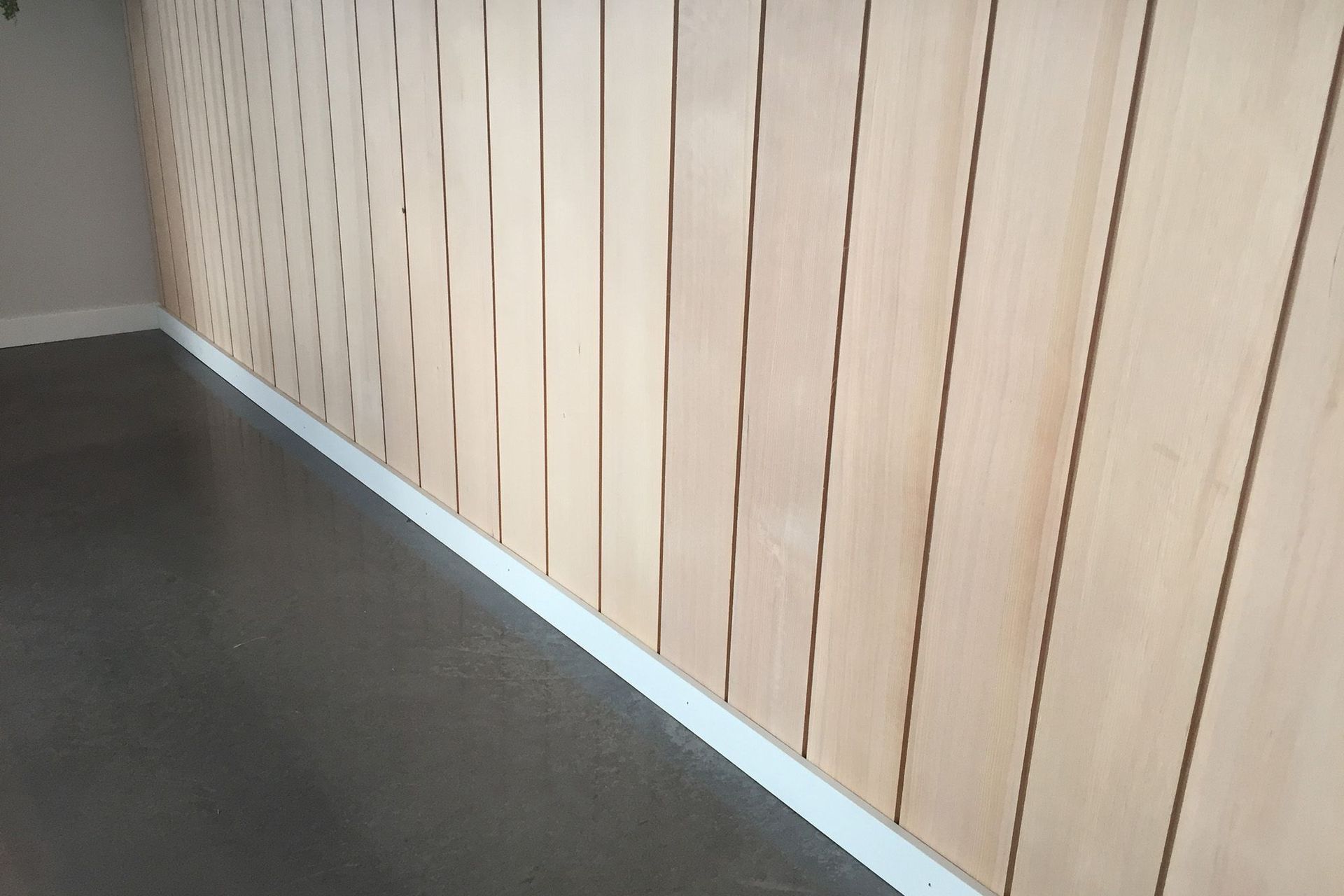Western hemlock: an alternative, ethical interior timber
Written by
20 March 2019
•
4 min read

For decades now, New Zealanders have loved the look of cedar, especially the ever-popular western red cedar, which has been specified in a range of applications, from external cladding and shingle roofing to internal panelling and furniture.
Sustainably harvested cedar has many benefits, including a natural aesthetic and a high level of above-ground durability. However, with western red cedar becoming increasingly expensive due to high demand and exchange rates, there is an alternative timber that is gaining traction: western hemlock, commonly used for interior purposes.
The most plentiful tree species on the coast of British Columbia in Canada, western hemlock (Tsuga heterophylla) is a whitewood that makes up 60 per cent of the same forest in which western red cedar grows. Native Americans originally used western hemlock for medicines and food, and to dye and tan animal hides. With an appearance similar to pale cedar, the timber is perfect for interior use in structural framing, joinery, furniture, panelling and flooring. Western hemlock is not suitable for exterior use.
A cabinet maker by trade, Johnny Dobbyn of JSC Timber regularly visits Vancouver to buy timber and believes it’s silly that Kiwis are not embracing the use of this ethical and versatile timber. “For the past 100 years in North America, durable cedar has been specified for the exterior and complemented with a similarly-stained hemlock for the interior,” he explains. “We need to start doing the same here in New Zealand, rather than just using cedar ‘because that’s what we’ve always done’.”
The use of western hemlock boasts many of the same benefits associated with using cedar but with the advantage of being denser and more economical. It is a strong, stable, straight-grained timber that is available in long spans. It takes stains and oils extremely well and comes in a uniform colour. Thanks to the fact that it is slightly denser than cedar, it works well with fire-retardant coatings available in New Zealand, which is a benefit for any interior fit-out.
Another benefit of western hemlock is its sustainability credentials. It is certified by The Programme for the Endorsement of Forest Certification (PEFC), a respected international forest certification system that provides proof that a wood product comes from responsibly managed and sustainable forests.
Western hemlock is a multigenerational (70- to a 100-year-old) tree that plays an integral part in the natural regeneration of the Canadian forests in which it is grown. “We are making the best use of our resources when we use western hemlock for good joinery or lovely furniture that will last,” explains Johnny. “It’s a sin to cut an older growth tree down purely for firewood or pallets. Sustainability is not just about how fast it takes the tree to grow, it’s about using the timber in its correct form for what it’s best suited for – in this case, enhancing the interiors of our homes and workplaces.”
JSC Timber offers western hemlock in two distinctive looks – natural and thermally modified. The company has worked with scientists in Canada to produce the thermally modified timber, which adds extra stability and creates a uniform, medium-brown colour that exactly matches cedar’s tones, removing the need for any staining. In terms of its use on the exterior, years of testing is needed with New Zealand scientists before we can guarantee it will work well, says Johnny.
JSC Timber recently used western hemlock for the balustrades and fins on Warren & Mahoney’s The Crossing mall in Tauranga. It has also previously been used for ceiling battens, panelling, mouldings and furniture. Johnny hopes to see more of this ethical and versatile timber being specified for interior use within large commercial projects across New Zealand.
“We’ve been slow to pick up western hemlock but it’s about time that we embraced the benefits of this proven interior timber that offers great options and is the perfect complement to cedar,” he says.
If you’d like to find out more about western hemlock and about JSC Timber’s diverse range of timber products, visit them on ArchiPro here.


